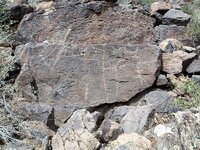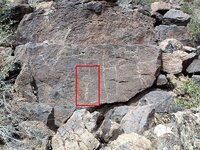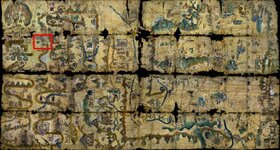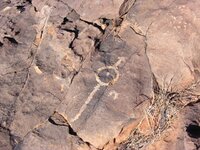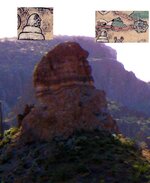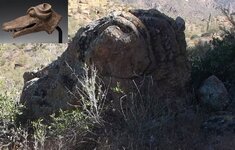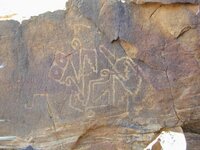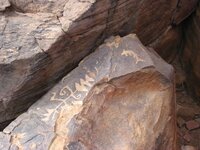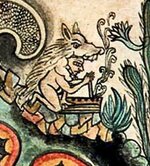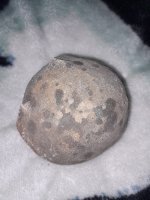markmar
Silver Member
- Oct 17, 2012
- 4,119
- 6,260
- Primary Interest:
- All Treasure Hunting
Dit
You are a challenge . I'm sure , I have to learn more from you than to teach you . Maybe I can give you an education on treasure maps .
You are a challenge . I'm sure , I have to learn more from you than to teach you . Maybe I can give you an education on treasure maps .






